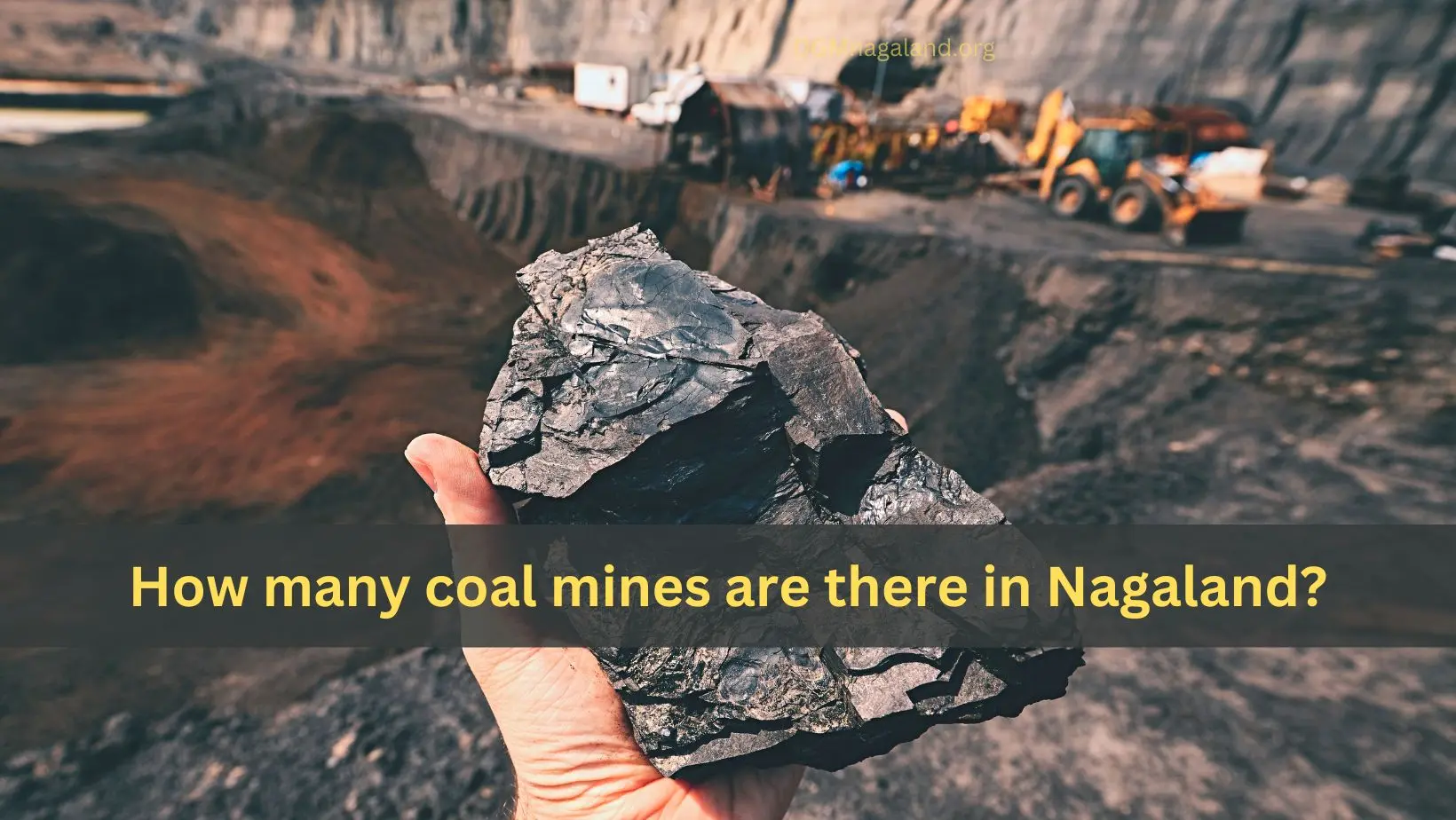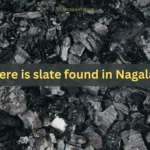Coal Exploration Status in Nagaland: Key Insights
This valuable information about the current status of coal mines exploration in Nagaland.
Blocks:
- Five coal blocks are listed, located in the Mokokchung district.
Exploration Stages:
- The blocks are at various stages of exploration, ranging from G2 (partially explored) to G4 (preliminary exploration).
Exploration Activities:
- Drilling activities have been conducted in the Northern Khar and Changki Coal Block A, with varying depths achieved.
- Exploration activities are ongoing in Mongchen-Dibuia and Yimchenkimong-Molungyimsen Coal Blocks, with specific drilling targets set.
- Changki Coal Block B is currently undergoing geological report compilation and resource estimation.
Resource Estimates:
- The table provides estimates for total coal resources in different categories for the explored blocks.
- These categories include Measured (333), Indicated (334), and Inferred (332), indicating varying degrees of certainty about the existence and quality of the resources.
Coal Quality:
- The table also highlights the quality characteristics of the explored coal, including:
- Non-coking
- High moisture content
- Low ash content
- GCV (Gross Calorific Value) ranging from 3947 to 7112 Kcal/kg
- High sulfur content
- Sub-bituminous rank
Limitations:
- It’s important to note that the resource estimates provided are based on current exploration data and might change as exploration progresses.
North-East Coal Mines – Resources of Nagaland
Estimated Reserves
- As of April 1, 2021, the North-East states possess an estimated 1739.37 million tonnes (MT) of coal resources, according to the Coal Inventory of India published by the Geological Survey of India (GSI).
- Nagaland holds the largest share with 446.42 MT, followed by Meghalaya (576 MT) and Assam (525.01 MT).
Classification of Resources:
- It’s crucial to note that only a fraction of these resources are categorized as “Measured” (593.81 MT).
- The majority falls under the categories of “Indicated” and “Inferred,” indicating varying degrees of certainty about their existence and quality.
State-wise Breakdown:
- Meghalaya: While boasting the highest estimated reserves (576 MT), most of it falls under “Inferred” (470.93 MT) and “Indicated” (16.51 MT) categories.
- Assam: Despite having the highest “Measured” reserves (464.78 MT), it also possesses “Indicated” and “Inferred” resources, bringing the total to 525.01 MT.
- Nagaland: Ranks third with 446.42 MT, but only 8.76 MT are categorized as “Measured,” with the remaining classified as “Indicated” (21.83 MT) and “Inferred” (415.83 MT).
Government-operated Coal Mines:
- Across India, 391 coal mines operate under government agencies like Coal India Limited (CIL), Singareni Collieries Company Limited (SCCL), and NLC India Limited (NLCIL).
- In the North-East region, these mines fall under the North Eastern Coalfields (NEC) of CIL, located in Margherita.
Recent Private Licenses:
- Two coal blocks in Assam – Garampani and Koilajan – have recently been awarded to successful bidders through private licenses.
Combating Illegal Mining:
- The responsibility for preventing illegal mining rests with the respective state government agencies.
- The North Eastern Coalfields (NEC) implements various measures to curb illegal activities within their working areas, including:
- Joint operations with state police
- Patrolling vulnerable areas
- Deploying security personnel
- Installing CCTV cameras
- Implementing strict control at colliery gates
- Apprehending individuals involved in illegal coal mining
Conclusion
Understanding the distribution and classification of coal resources in the North-East states, along with the efforts to manage legal and illegal mining activities, provides valuable insights into this sector’s current landscape.
The North-East states hold substantial coal reserves (1739.37 MT), but the certainty of their existence and quality varies. While efforts like government-operated mines and tackling illegal mining exist, responsible development and environmental sustainability remain crucial considerations for this sector’s future.




